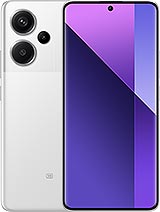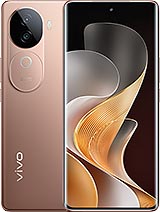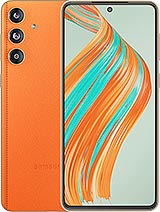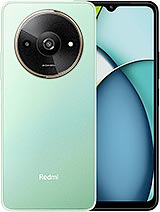Motorola Edge 50 Fusion alternatives
Tap above to see alternatives.
Samsung Galaxy F14 4G alternatives
Tap above to see alternatives.
Motorola Edge 50 Fusion

Motorola Edge 50 Fusion
-
Snapdragon 7s Gen 2
4 nm
-
5000 mAh
68W
-
6.7"
1080x2400 pixels
-
50 MP
4K@30fps
-
Specs

Samsung Galaxy F14 4G

Samsung Galaxy F14 4G
-
Snapdragon 680
6 nm
-
5000 mAh
25W
-
6.7"
1080x2400 pixels
-
50 MP
1080p@30fps
- Specs
4x2.40 GHz Cortex-A78
4x1.95 GHz Cortex-A55
2.4 GHz, Quad core, Kryo 265
1.9 GHz, Quad core, Kryo 265
8GB 256GB (UFS 2.2)
12GB 256GB (UFS 2.2)
12GB 512GB (UFS 2.2)
f/1.9, (wide), dual pixel PDAF, OIS, 1.0µm
13 MP
f/2.2, 120˚ (ultrawide), 1.12µm, AF
f/1.8, (wide)
2 MP
f/2.4, (depth)
2 MP
f/2.4, (macro)
1080p@30/60/120fps
f/2.5, (wide), 0.7µm
f/2.0, (wide)
1080p@30fps
SIM1: Nano, SIM2: Nano
SIM1: Nano, SIM2: Nano
FDD: N1, N3, N5, N7, N8, N20, N28
TDD: N38, N40, N41, N77, N78
FDD: N1, N3, N5, N7, N8, N20, N28
TDD: N38, N40, N41, N77, N78
In this performance comparison, the Motorola Edge 50 Fusion with its Qualcomm Snapdragon 7s Gen 2 (4nm) performs better than the Samsung Galaxy F14 4G with the Qualcomm Snapdragon 680 (6nm), thanks to superior chipset efficiency.
Motorola Edge 50 Fusion offers 3 years of OS updates, whereas Samsung Galaxy F14 4G provides 2 years. Both phones receive the same 4 years of security updates.
Motorola Edge 50 Fusion features a superior AMOLED display, while Samsung Galaxy F14 4G comes with an LCD panel. In terms of smoothness, Motorola Edge 50 Fusion offers a higher 144 Hz refresh rate, ensuring fluid scrolling and animations. Both devices deliver the same brightness level at nits. Both phones have the same screen resolution.
Both phones are equipped with the same 5000 mAh battery capacity. Motorola Edge 50 Fusion also supports faster wired charging at 68W, compared to 25W on Samsung Galaxy F14 4G.
Motorola Edge 50 Fusion includes an IP68 rating, while Samsung Galaxy F14 4G lacks an official IP rating.
- Motorola Edge 50 Fusion – Check price here
¹ Scores can vary even with the same chipset due to RAM, thermals, and software optimization.










